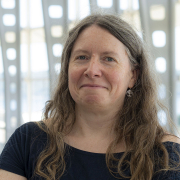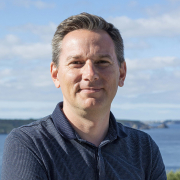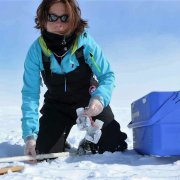Copyright : Laboratoire LEMAR- 2018
Johann Lavaud
European
ISblue et SEA-EU
Start Date
03/04/2025
End Date
03/04/2025
Coastal intertidal (mudflats) and shallow (max 10 m depth) subtidal sediments are among the most productive ecosystems, they are especially abundant on European coasts. They provide important ecoservices and they sustain essential regional human activities (i.e. oyster culturing). The high productivity of sediments is supported by the photobiological activity of diatom microalgae communities (‘microphytobenthos’). Microphytobenthos photobiology is based on behaviour (directed motility called ‘vertical migration’) and physiologic (photosynthesis) activities. Together, migration and photosynthesis define the abundance of microphytobenthos at the surface of sediments and its carbon fixation rate. Understanding the interplay between both processes, as well as its dynamics over different time scales (from the emersion to the season) will allow to better understand the dynamics of sediments’ productivity, and in fine to improve our estimates of coastal primary production, a crucial parameter in helping the sustainable management of coastal ecoservices. RaMi project is coupled with the SEA-EU initiative Flat-EU project (European mudflat network) which aims to build a latitudinal comparison of coastal sediments primary production capacity from the Northern Bay of Puck (Baltic Sea, Poland-University of Gdansk) to the Southern Bay of Cadiz (Atlantic, Spain-University of Cadiz) via the Bay of Brest.
Laboratory Members
Contributors
- Marc Sourisseau, Dyneco-Pelagos, IFREMER Plouzané
- Filip Pniewski, Institute of Oceanography, University of Gdańsk
- Alfonso Corzo, Microbial Ecology and Biogeochemistry Laboratory, University of Cadiz
- Sokratis Papaspyrou, Microbial Ecology and Biogeochemistry Laboratory, University of Cadiz










